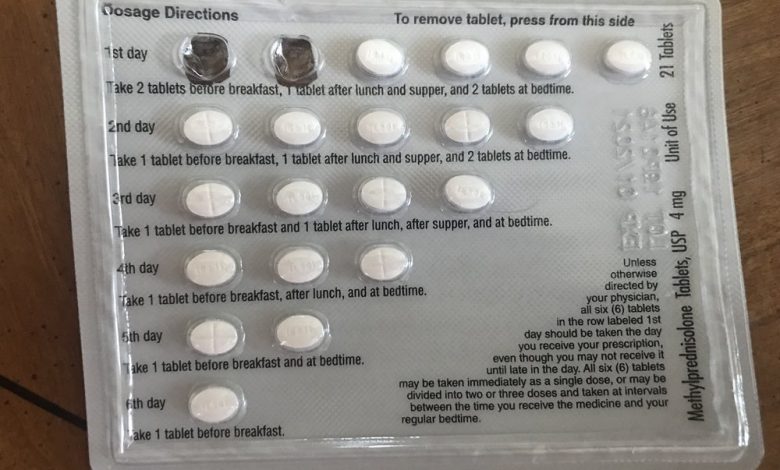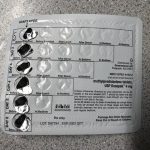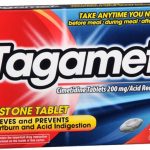Can I Take 2 Medrol Dosepaks In A Row?

When one seeks medical attention, the first and foremost task handed to the physician is to assess the patient’s medical history and then prescribe an appropriate personalized medical regimen. Be it infectious diseases, chronic conditions, or metabolic disorders, prescription of medication is only the first step of proceedings. It is equally upon the patient, as much as it is upon the doctor and healthcare professionals examining him, to stick to his or her prescribed routine and get a follow-up check done on a regular basis.
The dose is the amount of drug taken at any one time. This can be expressed as the weight of drug (e.g. 250 mg), volume of drug solution (e.g. 10 mL, 2 drops), the number of dosage forms (e.g. 1 capsule, 1 suppository) or some other quantity (e.g. 2 puffs). The dosage regimen is the frequency at which the drug doses are given. Examples include 2.5 mL twice a day, one tablet three times a day, one injection every four weeks.
The total daily dose is calculated from the dose and the number of times per day the dose is taken while the optimal dosage is the dosage that gives the desired effect with minimum side effects. There are many factors taken into consideration when deciding the dose of a drug – including the age of the patient, weight, sex, ethnicity, liver and kidney function, and whether the patient smokes. Other medicines may also affect the drug dose. Adherence and compliance are pivotal in ensuring an improved health outcome for the patient especially if he is suffering from a chronic condition and needs prolonged medical attention.
What is Medrol Dosepak?
Medrol Dosepak is a brand of methylprednisolone, a corticosteroid, similar to a natural hormone produced by your adrenal glands. It is often used to replace this chemical when your body does not make enough of it. It relieves inflammation (swelling, heat, redness, and pain) and is used to treat certain forms of arthritis; skin, blood, kidney, eye, thyroid, and intestinal disorders (e.g., colitis); severe allergies; and asthma. Methylprednisolone is also used to treat certain types of cancer.
Methylprednisolone is stronger than prednisone. While prednisone is four times as potent as cortisol, methylprednisolone is five times as potent as cortisol.
How should Medrol Dosepak be used?
Medrol Dosepak comes as a tablet to take by mouth. Your doctor will prescribe a dosing schedule that is best for you. Follow the directions on your prescription label carefully, and ask your doctor or pharmacist to explain any part you do not understand. Take Medrol exactly as directed. Do not take more or less of it or take it more often than prescribed by your doctor.
The typical dosage of Medrol can range from 4 mg to 48 mg by mouth per day. This depends on your condition and how bad it is. Your provider will raise or lower your dose based on how you respond and if you have any side effects.
Do not stop taking Medrol without talking to your doctor. Stopping the drug abruptly can cause loss of appetite, upset stomach, vomiting, drowsiness, confusion, headache, fever, joint and muscle pain, peeling skin, and weight loss. If you take large doses for a long time, your doctor probably will decrease your dose gradually to allow your body to adjust before stopping the drug completely. Watch for these side effects if you are gradually decreasing your dose and after you stop taking the tablets. If these problems occur, call your doctor immediately. You may need to increase your dose of tablets temporarily or start taking them again. Methylprednisolone also comes in a solution that can be injected into a muscle or vein
Can I take 2 Medrol Dosepaks in a row?
No, always stick to the prescribed dosage of Medrol Dosepak, when you miss a dose, take it as soon as possible. However, if it is almost time for your next dose, skip the missed dose and go back to your regular dosing schedule. Do not take double doses of Medrol Dosepaks.
Taking more than the recommended dose of Medrol Dosepak may result in an overdose. Signs and symptoms of an overdose of this drug can include high blood pressure, salt and water retention, which may cause swelling of your arms, legs, or feet, and low potassium levels in your blood, which may cause weakness, tiredness, and muscle cramps.
In case of overdose, call the poison control helpline at 1-800-222-1222. Information is also available online at https://www.poisonhelp.org/help. If the victim has collapsed, had a seizure, has trouble breathing, or can’t be awakened, immediately call emergency services at 911.





